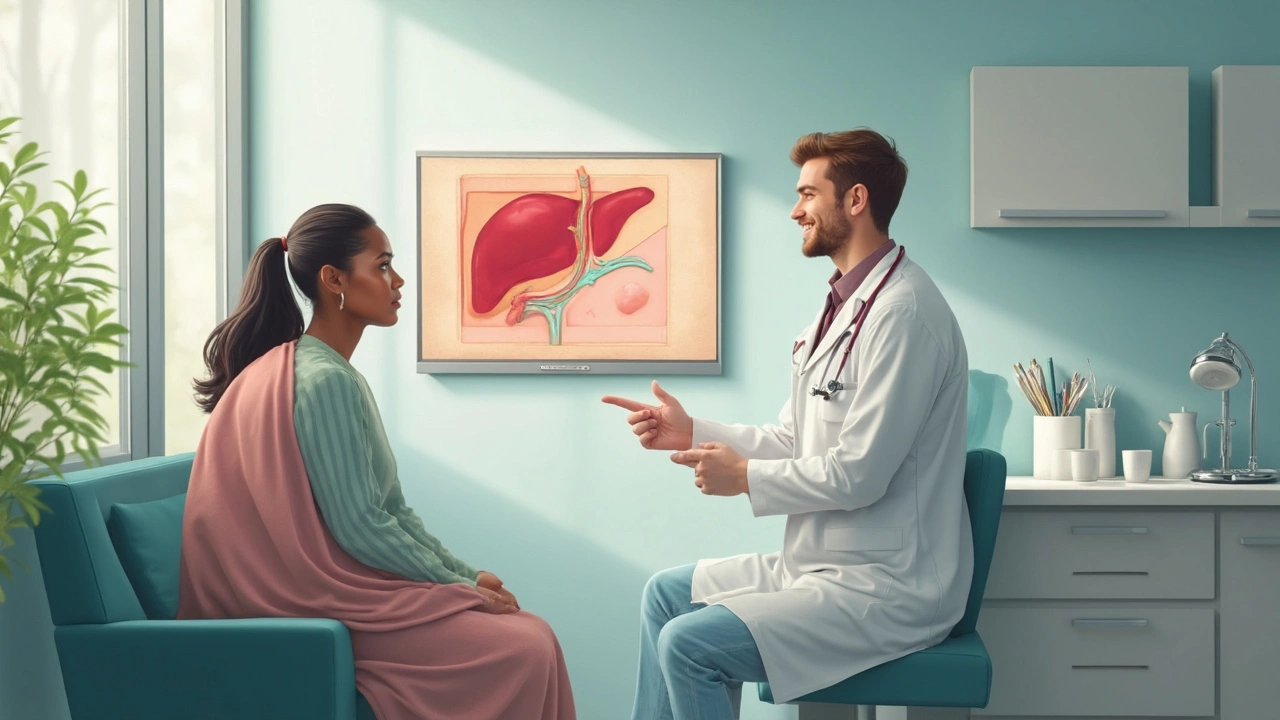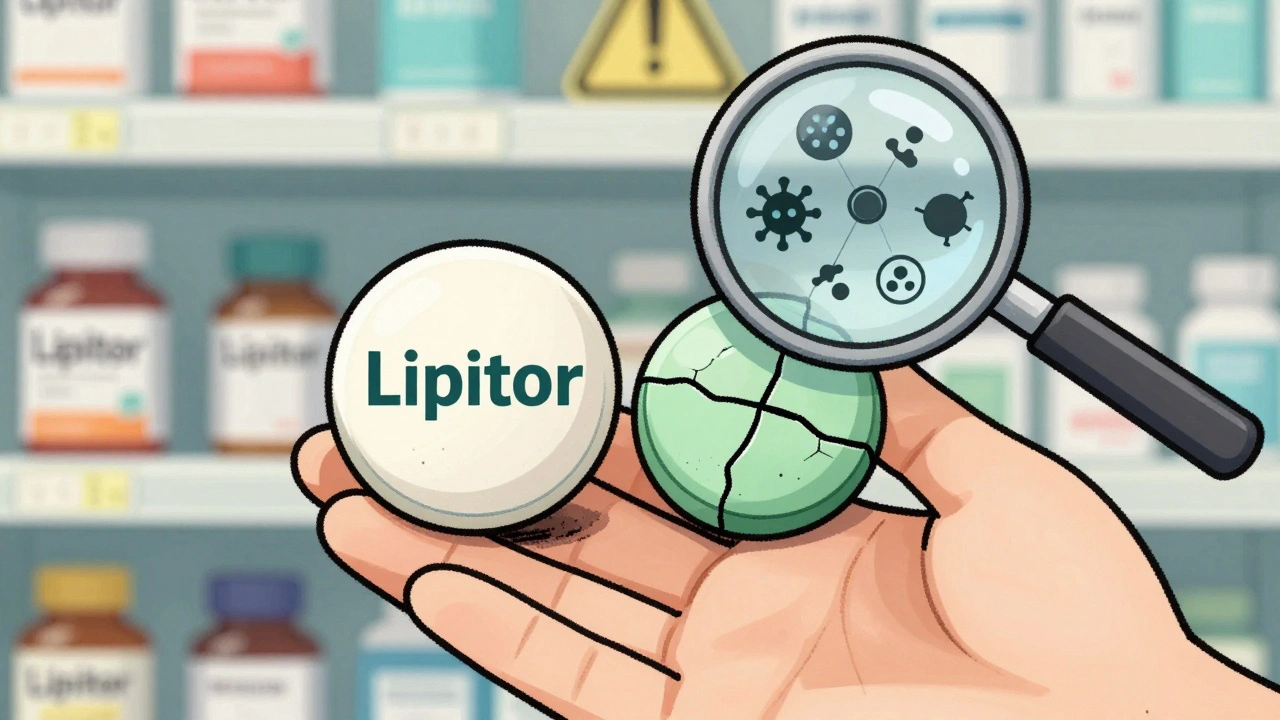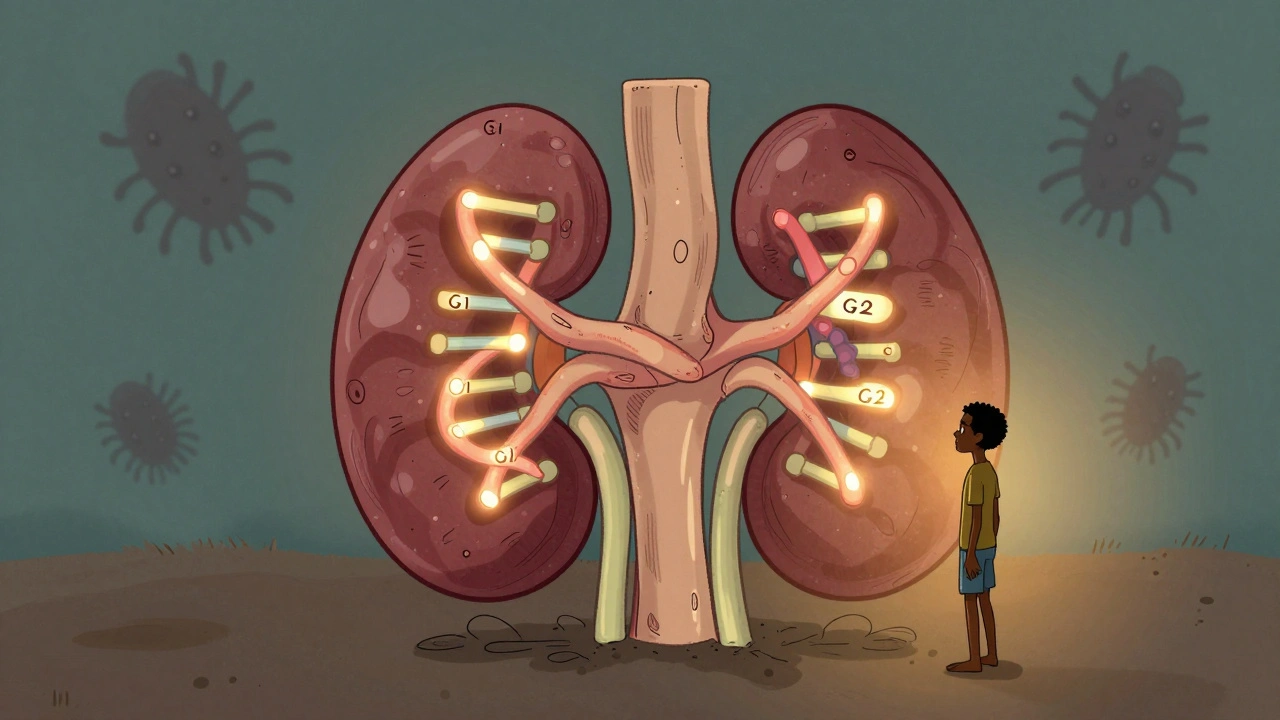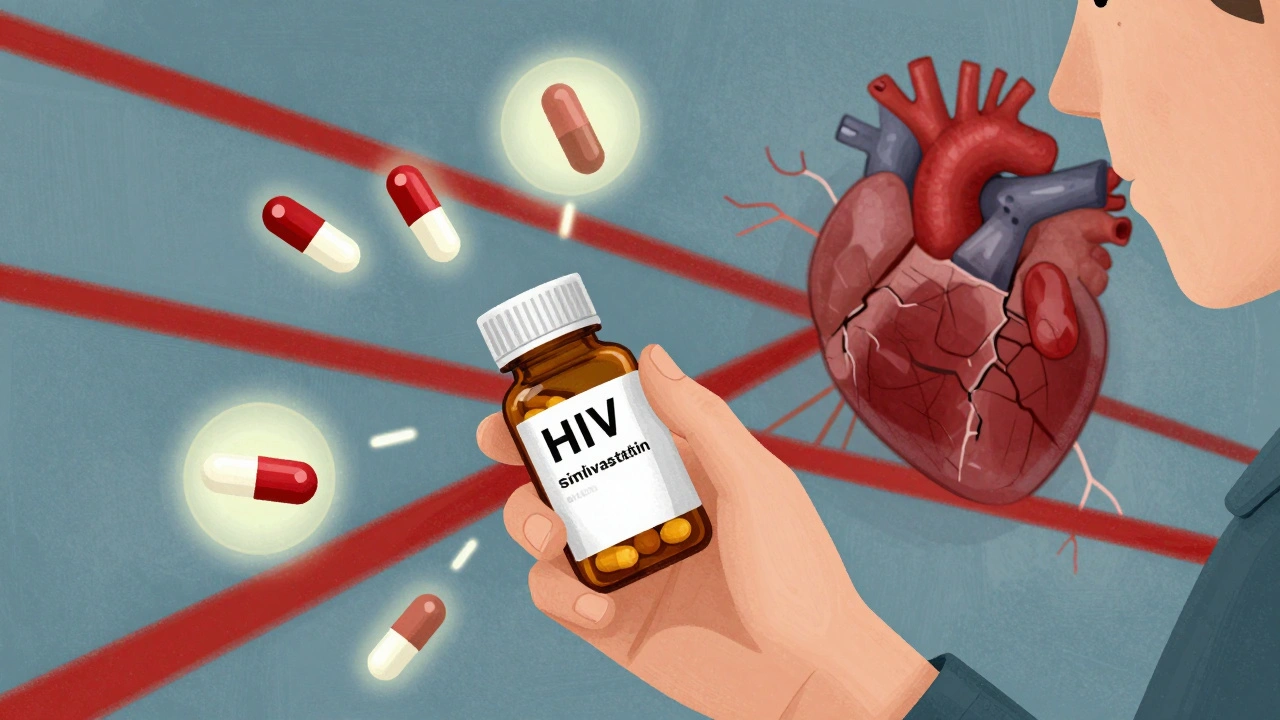Ever met someone who swears that a single pill keeps their liver happy? That’s not a tall tale—it’s thanks to something called ursodeoxycholic acid, or UDCA. This bile acid has an odd origin (it’s literally from bear bile!) but don’t worry, the stuff you’ll ever take is made in the lab. What makes UDCA fascinating isn’t just its story, but how it gives folks with tough liver problems a fighting chance. If you’ve never heard of it, or have seen it scribbled as a prescription, you’re up for a wild ride through medical science and a dash of nature.
What Is Ursodeoxycholic Acid and Why Should You Care?
UDCA, short for ursodeoxycholic acid, stands out in a sea of liver medications because of one major thing: it’s nature-derived, and it genuinely shifts the game for people with chronic liver troubles. The fact that it’s a secondary bile acid (meaning your gut bacteria actually help make a little of it from your own bile acids) makes it even stranger and, honestly, kind of awesome. You know how most drugs either attack a problem head-on or mask a symptom? Ursodeoxycholic acid actually tweaks the chemical soup in your liver, making it less toxic and more protective. Its initial claim to fame comes from traditional Chinese medicine—it’s been in use for over a thousand years, originally harvested from bear bile. Luckily, ethical and sustainable lab synthesis is 100% how it’s made now.
So, who needs this stuff? Doctors most often reach for UDCA to treat primary biliary cholangitis (PBC), a chronic autoimmune condition where your own immune system attacks tiny bile ducts in your liver. Left unchecked, that bile builds up and slowly damages your liver cells—think of it as a river that’s dammed up and starts flooding the countryside. UDCA, at the right dose, reduces how toxic the bile is, helps move it out, and slows scarring of your liver. Pretty clever.
But its uses aren’t limited to just this. It’s also regularly prescribed for gallstones (especially those rich in cholesterol and when surgery isn’t a good idea), primary sclerosing cholangitis (PSC), and sometimes even for non-alcoholic fatty liver disease (NAFLD). Studies out of Mayo Clinic and Japan’s Kyoto University showed as many as 80% of PBC patients had stabilizing or even improving liver function tests with regular UDCA. Plus, it’s considered safe enough that, under the right care, it can be used in pregnancy for women with liver disease complications.
If you peek into a typical liver clinic, here’s what you’ll see: patients get regular blood tests, and if their liver numbers climb, UDCA is often the next step. The dose matters—a lot. Too low, and you don’t get the protective effect; too high, and digestive side effects might start up. Most folks take it twice daily, with studies showing roughly 13-15mg per kilogram body weight as the sweet spot.
Now, you might wonder, “If it’s natural, does that mean it’s a supplement?” Not quite. UDCA is a prescription-only treatment in the US, the UK, and most other places because dosing has to be just right. There are companies out there peddling ‘bile acids’ as supplements, but those aren’t the genuine UDCA molecules your doctor prescribes. If you’re thinking of trying it, skip the health food aisle and go straight to a licensed provider. Your liver’s way too important for guesswork.
The best part? Unlike many heavy-duty liver drugs, UDCA’s most common side effect is mild diarrhea. There’s no risk of addiction, and it rarely interacts with other meds. But—this is a big but—you need to check in with your doctor for regular monitoring, because in rare cases, people can have allergic reactions or worsening in liver function.
Here’s an interesting fact: some studies suggest that patients with early-stage PBC who start UDCA right away can live as long as folks without liver disease at all. That’s not just good medicine—that’s a dose of hope.
Want the raw numbers? Check out this simple breakdown from a 2022 landmark meta-analysis:
| Condition Treated | Average Response Rate | Improvement in Biomarkers |
|---|---|---|
| Primary Biliary Cholangitis (PBC) | 80-90% | ALT, AST, and ALP down up to 60% |
| Gallstones | 40-60% reduction | Complete dissolution in 1-2 years (for cholesterol stones) |
| PSC | Varied, up to 30% stabilization | Marginal |
So, not a miracle, but for the right conditions, a real lifeline.

How Does UDCA Really Work? Breaking Down the Science and Surprising Benefits
Science can get stuffy fast, but the magic of Ursodeoxycholic Acid boils down to three simple moves: less toxic bile, better bile flow, and reduced immune attack. Here’s how that unfolds. Most bile acids (the ones that help you digest fats) are a bit like detergents—they’ll break down fat, but if they build up in your liver they start wrecking the cells. UDCA is a gentler player. When you take it, it displaces nastier bile acids, turning the entire bile ‘pool’ in your liver into something less likely to fry your cells. Imagine replacing spicy sauce with something smooth and creamy—it’s easier for your tissue to handle.
What else does it do, aside from swapping out the caustic stuff for gentle alternatives? UDCA also improves the actual movement of bile. Think of it as fixing up a clogged drain. Instead of bile stagnating and causing damage, more of it flows out into your guts, doing its main job (breaking down fats) and then exiting the scene harmlessly. Over time, this means less pressure inside your liver, less inflammation, and a slower march toward liver scarring (cirrhosis).
Here’s where UDCA really gets interesting: there’s evidence it actually tunes down your immune system’s attack on the liver. People with PBC and PSC have ongoing inflammatory flares—basically, the immune system is picking a fight with the liver’s own bile ducts. UDCA seems to calm down this battle. The result? Fewer symptoms like itching, fatigue, and jaundice. One 2019 multicenter study tracked PBC patients on UDCA and found fatigue scores dropped by over 25% on average after the first year. (No drug wipes out symptoms entirely, but that’s a big win for quality of life.)
If you dig deep into the data, here’s what you find: UDCA’s benefits hinge a lot on catching diseases early. In PBC, when started before there’s much liver scarring, up to 90% of folks avoid ever reaching liver failure, and many never need a transplant. For people with gallstones, UDCA can break down cholesterol-based stones over months or years, if they’re small enough, and, crucially, if gallbladder function isn’t already lost. That makes it a rare non-surgical option for some patients who wouldn’t tolerate an operation.
Let’s talk about safety—because folks love to ask if “natural” equals “risk free.” UDCA is one of the safest liver drugs available, which is probably why it’s a go-to for long term treatment. Doctors usually see only mild tummy troubles, diarrhea, or rare rashes. Liver cancer risk? Current research suggests it doesn’t increase risk—in fact, some suggest it may even drop risk in long term PBC patients—but you still need the usual cancer screenings. A batch of research out of Scandinavia found less than 5% of users stopped UDCA due to side effects, compared to 15% for immunosuppressive alternatives. That’s a relief for anyone with sensitive guts.
So what about folks hunting for a holistic path, or a less invasive way to slow down liver disease? UDCA fits smartly into a mix of modern and natural strategies. Unlike herbal supplements peddled on late-night TV, this is a molecule our bodies already recognize and use—just in tiny amounts, compared to a therapeutic dose.
To sum up the science: it’s a “triple action” molecule—detoxifies bile, boosts flow, and dials down inflammation—and for a slice of people with tricky liver issues, it dramatically improves both life expectancy and everyday comfort. Think of it as a reset button, given early.

Smart Tips for Taking UDCA, What to Expect, and How to Get the Most Out of It
If you’re handed a prescription for UDCA, what should you actually do? First off, don’t expect a quick turnaround. Most folks see their liver numbers stabilize after several weeks, but it may be a few months before you actually feel better in your skin. It’s kind of like rehabbing a piece of land—things improve below the surface before you notice it on the outside. Don’t skip doses—steady levels matter for this med to work right. It’s typically taken with food to avoid mild gut upset, and splitting the dose (morning and night) seems to help keep things even.
Got pets or kids at home? Like my dog Max, who once tried to sample my blister pack off the kitchen counter, you’ll want to keep all pills locked away. Even though UDCA is safer than many other meds, any accidental overdose—especially in animals—means a quick trip to the vet or ER. Funny thing: some vets even prescribe UDCA off-label for dogs with certain gallbladder or liver disorders, but dosages are wildly different, so don’t play doctor with your furry friend.
Want to amp up the benefits? Lifestyle changes work hand-in-hand with meds. Regular exercise (taking Max on hikes counts), eating a liver-friendly diet (low on processed sugars, higher in fresh produce, lean proteins, and healthy fats), and avoiding excess alcohol are all crucial. UDCA is not a get-out-of-jail-free card—if you keep damaging your liver with booze or risky supplements, no pill will save you. Avoid grapefruit, which interacts with a lot of medications, and double-check everything with your doc, especially over-the-counter painkillers, which can put extra stress on your liver.
Watch for signs things aren’t working: worsening jaundice, dark pee, grayish bowel movements, or any swelling in your belly. These are never normal and mean you need to get checked promptly. For most people, regular blood test check-ins every 3-6 months are the norm. Don’t ghost your doctor—monitoring is part of the deal. Labs need to look at ALT, AST, ALP, and bilirubin to get the whole picture. If you’re stable on UDCA but labs don’t improve, your provider might check for other causes or try combo therapies.
Insurance companies sometimes give folks grief over prescription refills or coverage, so get all your documentation and diagnosis codes sorted early on. In the US, the cost can range from $100-400 a month without insurance, but there are assistance programs for many patients. The trusty generics work just as well as brand names, so don’t worry if your pharmacist swaps one for another.
One of the best tips is joining a support group or online community for people with PBC or liver disease. Folks share real-world tips about what side effects to expect, meals that go down easy, and how they fit their medicine into a busy day. You don’t have to reinvent the wheel—someone else has dealt with whatever you’re facing.
If you’re reading this for a family member, keep in mind UDCA isn’t a cure-all, but for the right set of problems, it can make all the difference between struggling and thriving. Always check with your clinic about new symptoms, ask about new research (there’s a lot going on in this field!), and never be afraid to push for answers. Your liver’s worth every bit of effort.







Jason Peart
May 17, 2025 AT 19:52Alright, imagine your liver as a tiny, overworked superhero that finally gets a cape made of UDCA – it’s like giving a battered knight a brand‑new suit of armor! The drama of watching those nasty bile acids get swapped out for the gentle, calming ones is practically cinematic. You start with the bitter reality: your liver feels like it’s on fire, metabolism is a mess, and every doctor visit feels like a trial by fire. Then UDCA waltzes in, displacing the toxic bile acids, turning the whole bile pool into a smooth, buttery sauce that your cells can actually tolerate. Over weeks, that once‑inflamed tissue begins to chill out, the liver enzymes drop, and you literally feel the weight lift. It’s not magic, but it’s close enough to make you want to write a love letter to your prescription bottle. Remember, consistency is key – you can’t just pop a few pills and expect a miracle; it’s a steady, daily ritual. Side‑effects are mild, usually just a bit of diarrhea, which is a tiny price for the big payoff. If you keep the dose right (13‑15 mg/kg), you’ll see the liver tests stabilize and maybe even improve. I’ve seen patients who were on the brink of transplant suddenly get a second chance – that’s the kind of hope UDCA can give. Keep your doctor in the loop, stay on schedule, and don’t forget to pair it with a liver‑friendly diet. And yeah, if you catch yourself thinking about “natural” supplements at the health‑food aisle, remember they’re not the real deal – stick with the prescription. Your liver will thank you, and you’ll finally get to enjoy life without that constant fog of fatigue. So, take it, trust the process, and let that liver superhero fly!
Hanna Sundqvist
May 19, 2025 AT 21:17Sounds like pharma is just cash‑grabbing for a bear‑derived placebo.
Jim Butler
May 21, 2025 AT 22:41Esteemed colleagues, I must commend the thorough exposition on UDCA – the science is impeccably presented, and the clinical implications are profound. Your dedication to patient empowerment shines through, and I wholeheartedly endorse the regimen for appropriate candidates. Let us continue championing evidence‑based therapies! 😊
Ian McKay
May 24, 2025 AT 00:06While the information is largely accurate, a few minor grammatical oversights could be refined for optimal clarity. Nonetheless, the overall content remains valuable.
Deborah Messick
May 26, 2025 AT 01:31It is quite perplexing that such a “natural” agent receives uncritical glorification, especially when alternative lifestyle interventions remain underexplored. One must question the implicit bias toward pharmacological solutions.
Jolanda Julyan
May 28, 2025 AT 02:56Firstly, let me acknowledge the comprehensive nature of the article – it does a fine job of laying out the basics. However, I find that the narrative could benefit from deeper contextualization of the socioeconomic factors influencing access to UDCA. For many patients, insurance coverage is a labyrinthine obstacle that can deter adherence, and this issue deserves explicit mention. Moreover, the discussion of adverse effects glosses over rare but serious hepatic reactions that, albeit uncommon, require vigilant monitoring. On the positive side, the emphasis on diet and lifestyle adjuncts aligns with holistic care principles. Still, the article misses an opportunity to cite comparative efficacy data between UDCA and emerging agents such as obeticholic acid in primary sclerosing cholangitis. Including such comparative analyses would enrich the clinician’s decision‑making toolkit. Additionally, a brief overview of ongoing clinical trials could inspire patients to consider enrollment where appropriate. Finally, the tone, while generally informative, occasionally drifts into promotional language, which may undermine perceived objectivity. A more balanced presentation would bolster credibility among skeptical readers. In sum, the piece is a solid foundation but warrants refinement in the areas mentioned.
Kevin Huston
May 30, 2025 AT 04:20Look, folks, this UDCA stuff is a solid ally for our liver battles, but don’t expect it to turn you into a superhero overnight. It’s a tool, not a miracle – you still gotta eat right, avoid booze, and stay active. In my view, it’s a sign of how strong our nation’s medical research can be when we back homegrown treatments.
Amanda Hamlet
June 1, 2025 AT 05:45Honestly, you all act like UDCA is the end‑all, but the real story is that the pharma giants are pushing this to keep you dependent on pricey scripts. I’ve read the original papers, and there’s plenty of nuance they’re glossing over. Don’t let them sell you a band‑aid while the bigger picture gets ignored.
Nolan Jones
June 3, 2025 AT 07:10Just a heads‑up for anyone starting UDCA: keep a log of your blood work dates, and don’t skip doses. The drug works best when you take it consistently with meals – it minimizes that occasional tummy upset. Also, if you notice any weird color changes in your stool, give your doc a shout. It's easy to stay on track when you treat it like any other routine like flossing.
Jada Singleton
June 5, 2025 AT 08:34While the advice is generally sound, it’s worth noting that the “mild diarrhea” side effect can be more than mild for some patients, leading to electrolyte imbalances if left unchecked. A balanced view should highlight this risk.
Emily Rossiter
June 7, 2025 AT 09:59Great summary! If you’re considering UDCA, make sure you have a clear plan with your hepatologist, and remember that consistent follow‑ups are essential for tracking progress.
Renee van Baar
June 9, 2025 AT 11:24I appreciate the supportive tone, but let’s also stress that not every patient will experience the same degree of improvement. Individual response can vary, so setting realistic expectations is crucial.
Mithun Paul
June 11, 2025 AT 12:48The article presents UDCA in an overly optimistic light without sufficiently addressing the limited data concerning long‑term oncogenic risk. A more critical appraisal is warranted.
Sandy Martin
June 13, 2025 AT 14:13Typos aside, i totally get the concern – it’s a legit worry. Even tho the risk seems low, staying vigilant with regular screening can’t hurt.
Steve Smilie
June 15, 2025 AT 15:38Ah, the intricate ballet of bile chemistry! One must admire the elegance with which UDCA orchestrates a symphony of hepatocellular rebalance, a veritable masterpiece of pharmacological finesse.
Josie McManus
June 17, 2025 AT 17:03Look, I hear the poetry, but at the end of the day you need concrete steps: get your labs, set a reminder for your meds, and talk to your doc about any side effects ASAP.
Heather Kennedy
June 19, 2025 AT 18:27From a clinical pharmacology perspective, UDCA functions as a hydrophilic bile acid, modulating the enterohepatic circulation and attenuating cholestatic injury via receptor‑mediated pathways; its integration into therapeutic algorithms should be predicated on robust biomarker monitoring.